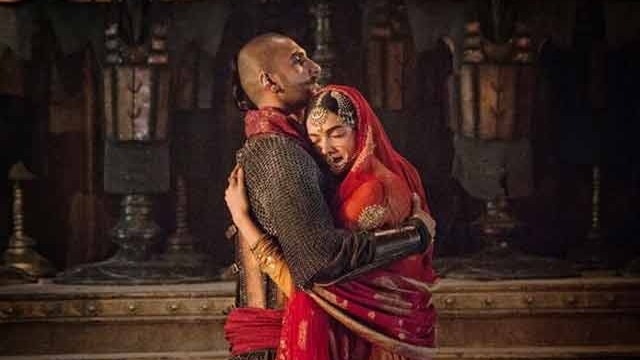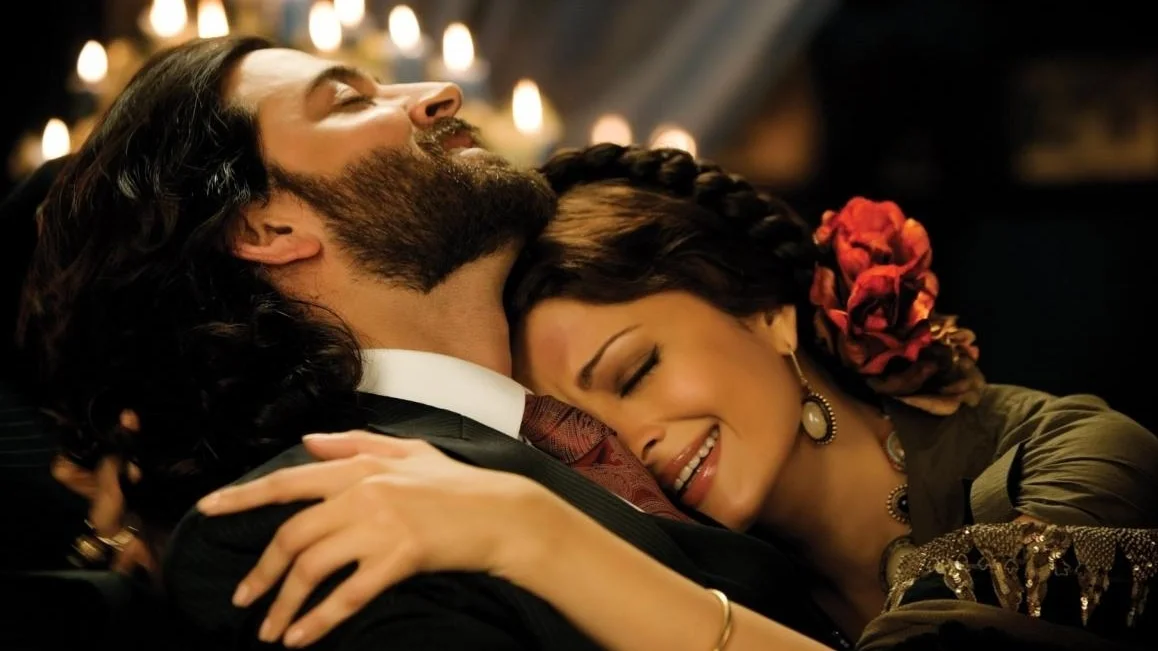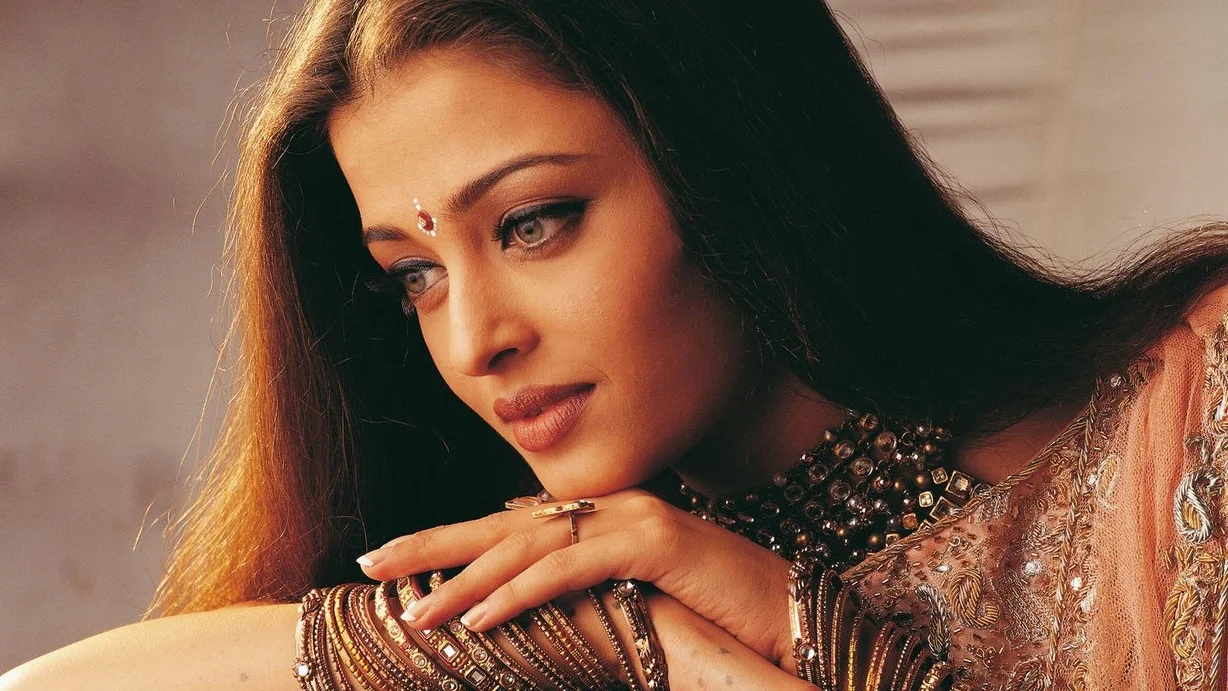The Films of Sanjay Leela Bhansali: Bajirao Mastani (2015)
Indian auteur Sanjay Leela Bhansali has a new film coming out, the period drama Padmavati. Manish takes a look back at Bhansali’s career, spanning two decades and nine films.
Sanjay Leela Bhansali had wanted to make Bajirao Mastani even since before he made his first film, Khamoshi: The Musical in 1996. I remember first hearing about it in 2003, when he wanted to cast Hum Dil De Chuke Sanam stars Aishwarya Rai and Salman Khan in the lead roles. Over the next decade, Bhansali failed to get the project off the ground, at one point believing it was impossible. But Bhansali kept trying, trusting that he will make the film when he is meant to. After his success with Goliyon Ki Raasleela Ram Leela in 2013, the pre-production on Bajirao Mastani finally came together. Bhansali cast Deepika Padukone and Ranveer Singh again after Ram Leela, alongside respected actress Priyanka Chopra.
In 18th century India, the Peshwa, or Prime Minister of the Maratha Empire, Bajirao (Singh) is traveling to Sironja. Mastani (Padukone), the half-Hindu, half-Muslim princess warrior from the Bundelhand region enters his tent and begs for his help in saving her home from attack. Impressed by her beauty and fighting skills, Bajirao agrees. Bajirao and Mastani fight together and succeed, and subsequently fall madly in love with each other. Bajirao then returns to his first wife Kashi (Chopra) in Pune. Mastani soon follows, and Bajirao makes her his second wife. This angers his mother Radha (Tanvi Azmi) because Mastani is part-Muslim. Kashi is heartbroken that the previously monogamous Bajirao is in love with another woman.
Bajirao Mastani is based on historical events in India, but the lovely and wrenching script by Prakash Kapadia is based on the novel Raau by Nagnath S. Inamdar. Historians have criticized the film for misrepresenting Marathi history. I can’t dispute that since my knowledge is pretty minimal. The most I can say is that this movie probably romanticizes and glamorizes the story like any historical epic would. As a film, Bajirao Mastani is a sight to behold. The production design is impressive; the gorgeous palaces set the stage for the political intrigue. The film features symbolic imagery to contrast Mastani’s reckless passion with Kashi’s unconditional—yet never undignified—devotion. The two women are mirrors of each other, with both narrative and visual parallels. While the film is named Bajirao Mastani, Kashi is the emotional core of the film. Bhansali does not shy away from the suffering Bajirao inflicts on Kashi in order to lionize the title characters. Both he and Priyanka Chopra make Kashi a compelling, fully realized individual.
The image of water is featured throughout the film. Different forms of water—a bursting fountain, moats in the palace throne room, heavy rain, the ocean—are used to evoke different emotions. Often characters pass or stomp through water when they cross a forbidden barrier or break from social norm. Mastani and Bajirao are framed through the streams of a fountain, symbolizing their blossoming desire for each other. There’s a sequence where Bajirao leads Mastani into a fountain, followed by Kashi leading Bajirao into water. The climax occurs in both the ocean and during an untimely rainstorm.
Religion plays an important part in the film. Bhansali refers to the myth of Lord Krishna, his eternal love Radha, and his wife Rukmini for his love triangle. History remembers Radha, but rarely Rukmini, when telling the story of Lord Krishna. Additionally, the politics of religion is criticized more than the actual practice. Mastani has both Hindu and Muslim blood, but her Muslim blood puts her in the crossfire of the palace priests. Mastani bears constant scrutiny and humiliation, and even has to survive an assassination attempt in one of the film’s most breathless scenes.
Bajirao Mastani opened up against the big blockbuster Dilwale (The Big-Hearted) starring superstar Shah Rukh Khan; coincidently Bhansali’s Saawariya opened against another Khan film in 2007 and failed at the box office. However, this time, Bhansali’s film held its own and ended up the 4th highest grossing film of 2015. The massive scale and triumphant filmmaking is extremely appealing. Bajirao Mastani received fourteen Filmfare Award nominations, winning nine (including Best Film, Actor, Supporting Actress, and Director). The film scored seven National Film Awards (India’s highest film awards) including Best Director and Cinematography for Sudeep Chatterjee. Bhansali’s journey to make Bajirao Mastani might have been a long one, but the film was well worth the wait.
After Bajirao Mastani, I planned to look at Padmavati, Sanjay Leela Bhansali’s latest film that was supposed to release in December 2017. However, the political controversy over the film has led the production company Viacom 18 Motion Pictures to delay it indefinitely. I'll talk about the film's controversy in detail in a future article and as soon as Padmavati is released I will finish this series.
Bajirao Mastani is available for rental on iTunes, YouTube, and Google Play.












